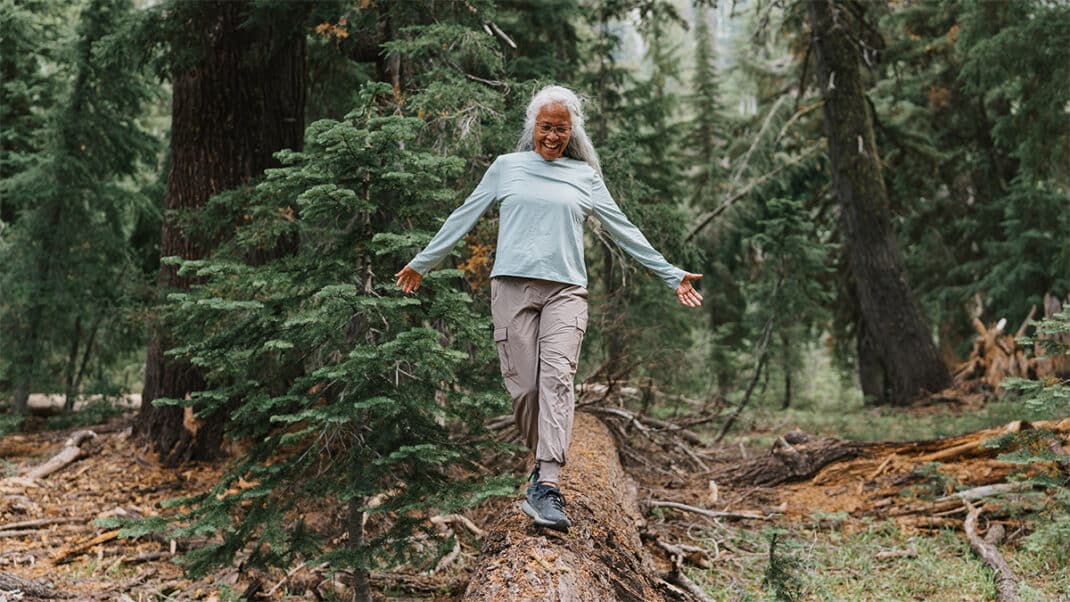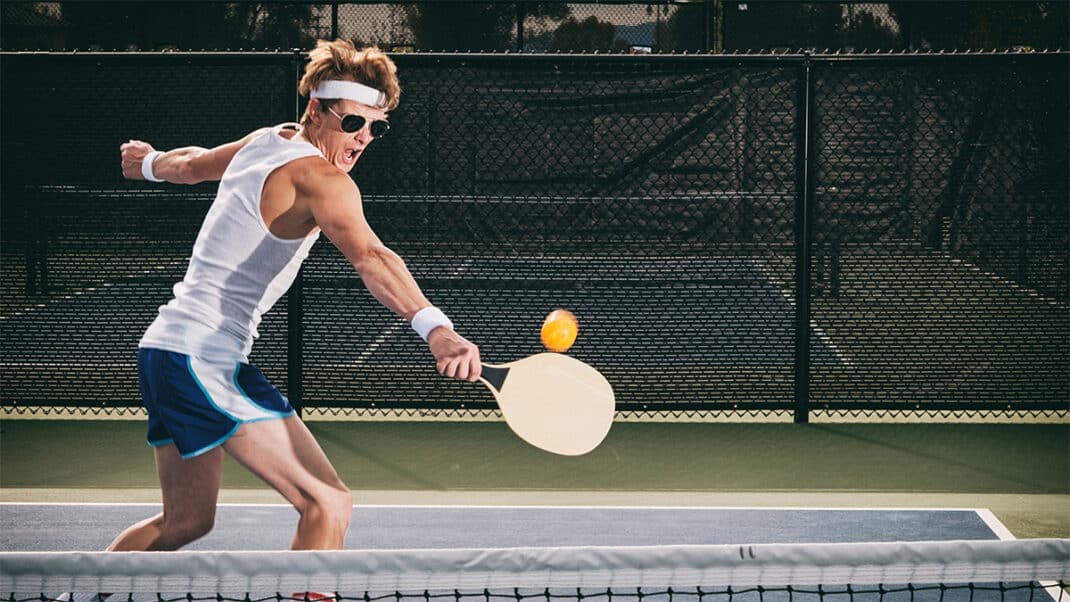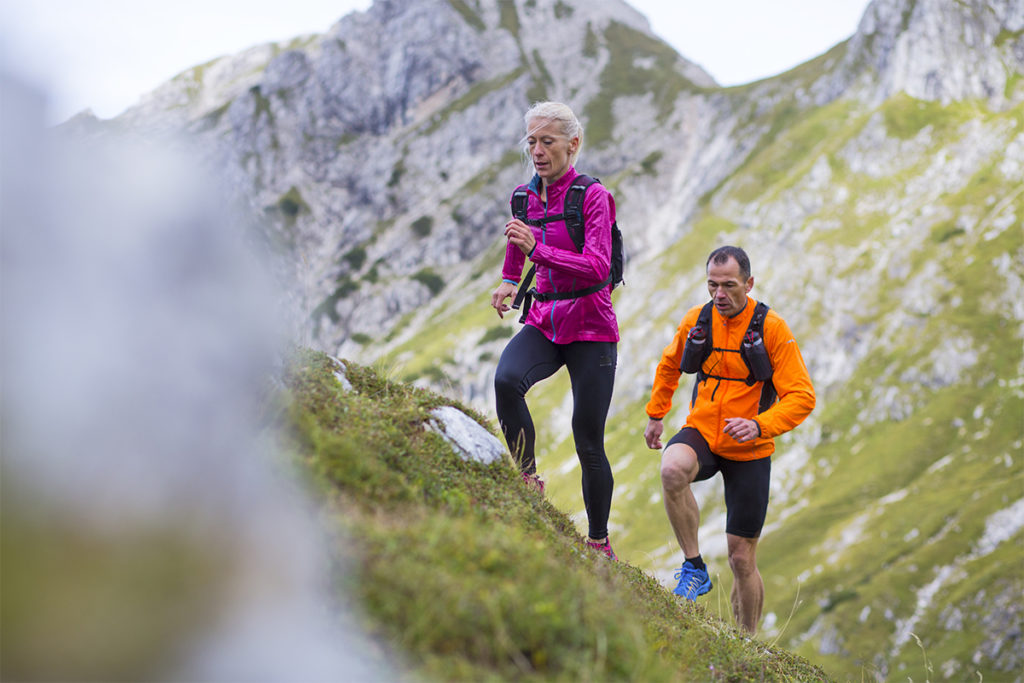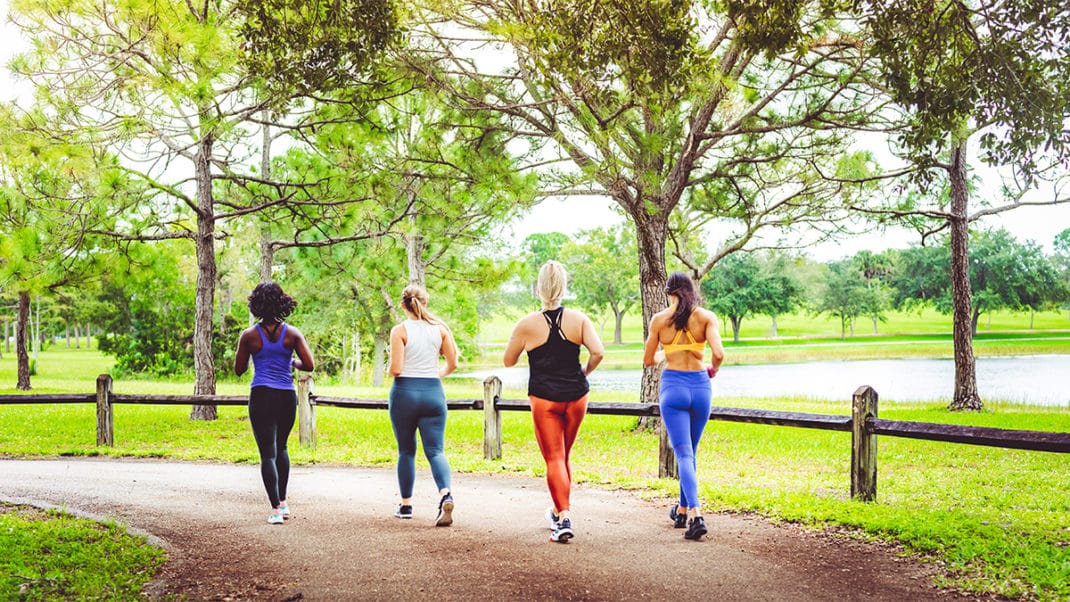Functional Fitness For Active Boomers
3 key fundamentals for crafting safe, sensational training sessions for your over-50 clients.
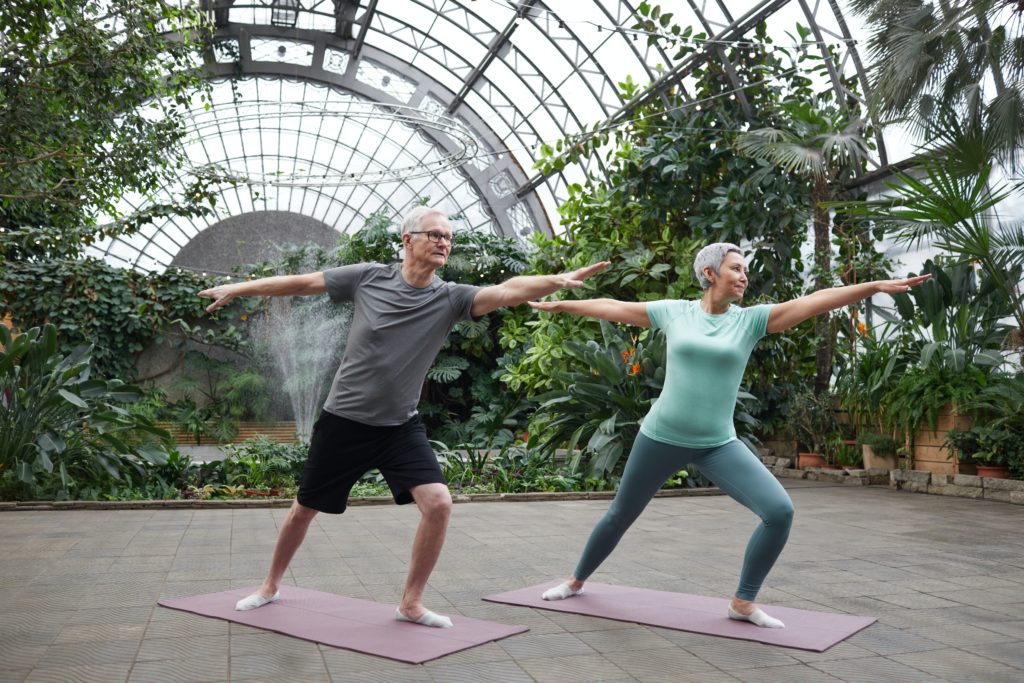
Have you introduced functional fitness to your generally healthy baby boomers? Whether you’re a small-class leader, a one-on-one trainer or a group fitness instructor, applying 3 specific principles will allow you to offer the most effective sessions for midlifers and older boomers.
The three principles described here can be used in any combination or as standalones. Apply one, two or all three to a given exercise; use one principle in one session and a different two in another; focus on one principle one day for an entire class and another the next. Regardless of how you mix and match the principles, your clients will reap the benefits.
Principle 1: Minimize Core Work and Ab Exercises Requiring Spinal Flexion at the Neck
Challenge yourself to select ab exercises that involve no crunches. While the traditional crunch has its place, the last thing 50- to 70-year-olds need is more forward-rounding. Nor is a six-pack a primary goal for this cohort. Instead, offer functional fitness moves that keep the head on the mat or that provide very little opportunity to forward-flex the neck.
Work with, not against, the anatomical reality of the abs: the rectus abdominis, transversus abdominis and obliques are endurance, compression and posture muscles. They are not designed for power (in contrast with the glutes and quads, which are power muscles). Therefore, emphasize the abs’ postural, endurance and compression aspects. Boomer clients especially appreciate improving posture as they strengthen their core.
How many of your over-50 clients already have their head thrust forward, a tight neck and rounded shoulders? Probably most, if they are typical older adults. When selecting ab exercises for them, simply ask yourself whether a given move exacerbates these problems, is neutral or counteracts them. The last option is ideal.
No-Crunch Examples
Primary examples of suitable abdominal compression moves for boomers are plank and reverse curl, or reverse curl with oblique rotation (bringing the right hip toward the left rib cage, for instance). Another great option is the “marching abs” move, where the upper body stays on the mat throughout. Legs are bent 90 degrees at the knees; hips are fairly open, with feet close to the ground. Class members march the feet, holding the knee angle constant, alternating right- and left-foot marches. Depending on core strength and back issues, you may decide to cue, “March the feet from the ground to about a foot from the ground”—the most challenging version. If you spot faults in form or difficulties maintaining alignment, cue members to march in space. Have them draw their knees closer to the chest, close down some of the hip angle, and march with their feet anywhere from 1 to 2 feet from the ground.
See also: IDEA’s Curated Collection of Core Programming
See also: 10 Standing Ab Exercises
Principle 2: Activate the Back
In keeping with the focus on not reinforcing forward hunch and rounded posture, this principle prioritizes actions behind the body. Incorporate exercises that require glutes, hamstrings and back muscles. Use every opportunity to open or extend the pectorals, anterior deltoids and hip flexors.
Getting your clients to focus on dorsal (or back-side) moves continues the theme of counteracting decades of movements that close off the front of the body. If you lead cardio classes, think of this principle as giving the heart and lungs more room to pump and breathe. The concept is simple. What’s tricky is remembering to favor arm patterns such as row, hand-to-heel lift behind the back or shoulder extension. If you model simple arm swings, cue the back arm, not the front arm. Ask participants whether they can see the back arm in the mirror behind them.
For strength, balance or stretch classes, substitute exercises with hip extension for ones promoting hip flexion. For instance, if doing balance work, have the lifted leg start and stay in hip extension. Then slightly raise and lower that leg using the glutes. Add in small loops, counter- and clockwise, all in the dorsal plane. Or lift the leg only a few inches from the starting position to the left and right, tapping lightly side to side, again always with hip extension and behind the body. This not only works the core muscles, which need to compress and stabilize to hold the upper-body position, but also reinforces good posture.
See also: Essential Guide to a Pain-Free Low Back
Principle 3: Offer Functional Fitness Options
More than any other age group, midlife and older exercisers need functional fitness movements that mirror real-world biomechanics. Exercises are more functional if people can apply them with activities of daily living, or ADLs. Contrast these exercises with single-joint, isolated strength and muscular-endurance training moves, such as calf raise or triceps kickback. Instead of these, offer an exercise that lifts a weight left to right with rotation from low to high (floor to overhead), or perform squats that mimic ducking sideways under a rope or bar.
Boomers are more interested in continuing activities they enjoy than they are in hypertrophy. They want the strength, power and endurance to travel, take up new hobbies, and keep up with grown children and grandchildren. These exercisers are looking at their parents and making decisions about their own aging. Will they retain their physical and mental capabilities to the same or a greater degree than the parents whose caregivers they may be today?
Will the exercises you choose for them help them climb steps, get up and down from chairs and the floor, prevent falls, and turn to see behind them while driving? Do the moves allow them to keep surfing, hiking or camping? Think in terms of adding rotation, level changes (low to high, and high to low) or working in opposition. Approach your class or session design with the idea of helping boomers to keep their world from shrinking. What are they worried about giving up? What do they enjoy doing that they’d love to continue as long as possible? Train from that perspective and you will have loyal, active, committed clients in the boomer population.
See also: 7 Principles for Outstanding Boomer Workouts
In Summary
These functional fitness principles are accessible and straightforward. Use them to stimulate creativity and rethink class content. Perhaps you are already integrating some of these functional fitness principles and can now expand on them. Maybe you can think of more principles to add to this list of what’s working well with your midlife clients and participants. Regardless, you will make a significant difference in the lives of your baby boomers when you put any of these principles into action.
Updated 9/22/21
Kymberly Williams-Evans, MA
Kymberly Williams-Evans, PhD (ABD) has been a fitness professional on four continents, in four languages, for four decades on land, at sea and across the airwaves. After years of co-hosting an online radio program (Active Aging for BoomChickaBoomers), she reports having interviewed scads of great guests and two really bad ones.

